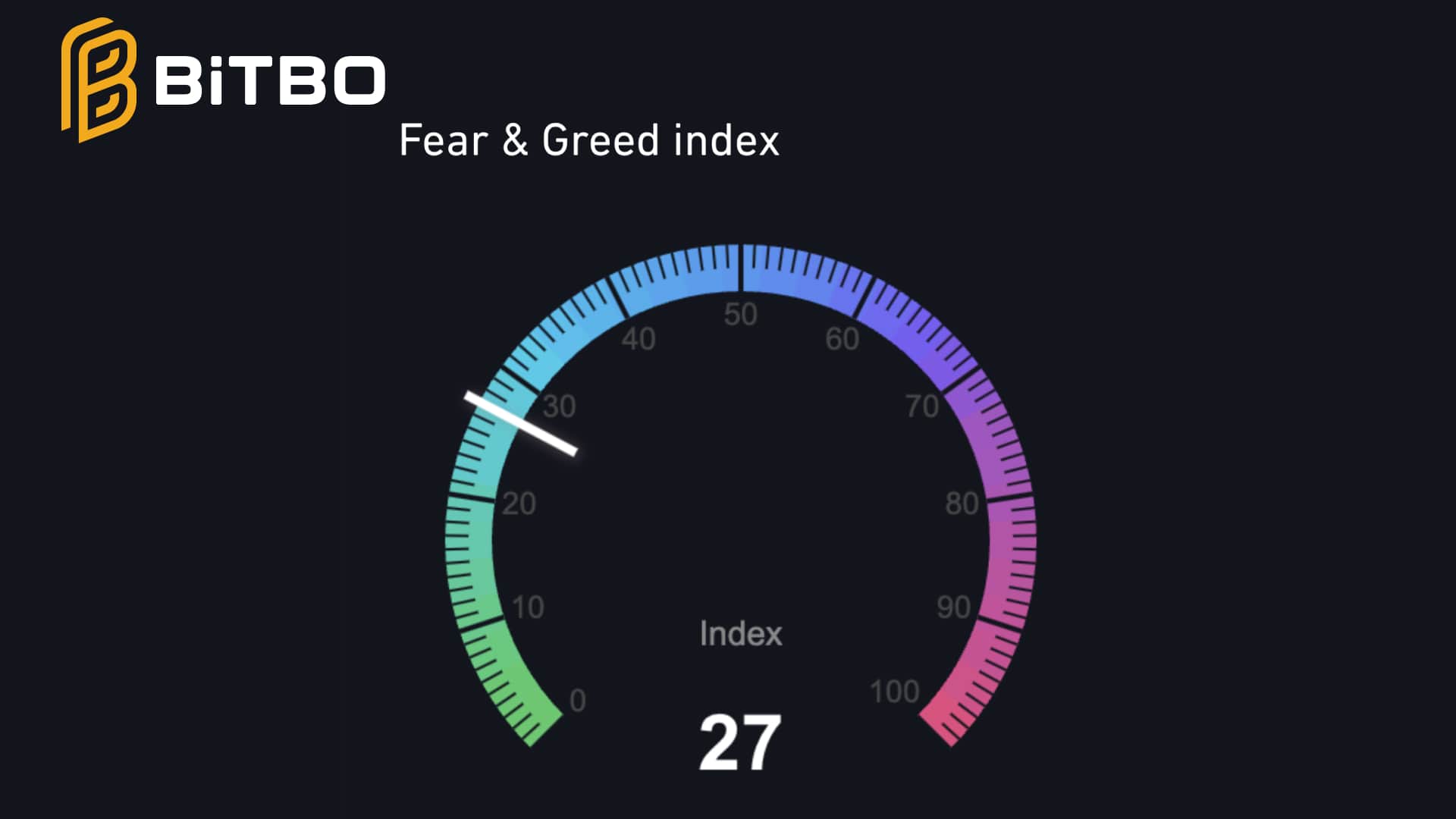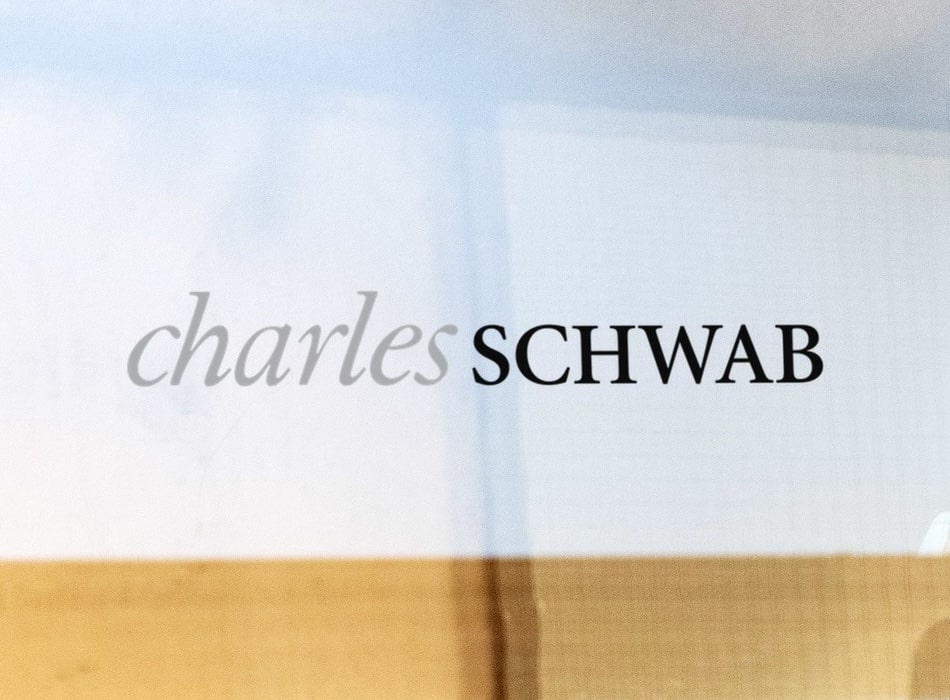
Recent declines in the Bitcoin Fear & Greed Index have pushed investor sentiment to its lowest point in a year, with the index falling to 24—down sharply from last week’s ‘Greed’ reading of 71.
This shift comes as Bitcoin’s price hovers around $105,000 and retail interest, as tracked by Google searches, has cooled to multimonth lows.
Bitwise sees panic as an opportunity
Despite the drop in sentiment, Bitwise analysts argue that selling pressure has likely peaked and that current market conditions may favor accumulation.
André Dragosch, Max Shannon, and Ayush Tripathi from Bitwise explain that recent corrections were largely driven by external factors, such as renewed US–China trade tensions and a record wave of futures liquidations, which saw perpetual futures open interest plunge by nearly $11 billion.
Dragosch commented:
“Our in-house Cryptoasset Sentiment Index has dropped to its lowest level since that period. Historically, such extremes have marked favorable entry points ahead of seasonal strength in Q4.”
Smaller holders accumulate as miners sell
Onchain data reveals that smaller Bitcoin holders—wallets with 1 to 1,000 BTC—have increased their accumulation in recent days, helping offset reduced buying from larger investors.
Meanwhile, miner deposits to exchanges have surged, with roughly 51,000 BTC sent since last Thursday, marking the largest inflow since July.
This influx often signals potential sell-side pressure as miners seek liquidity or hedging opportunities.
Long-term holders exit, but price holds steady
Long-term holders have also sold significant volumes, with over 265,000 BTC leaving their wallets in the past 30 days—the largest outflow since January 2025.
However, Bitcoin’s ongoing stability near $110,000 suggests that demand from institutional buyers or ETFs may be absorbing excess supply.
This shift points to a market in transition from capitulation to reaccumulation.
Market outlook remains cautiously optimistic
Overall, Bitwise analysts maintain that the present environment of low sentiment and heightened volatility could offer a contrarian buying window, especially as smaller holders and institutions appear poised to accumulate.



